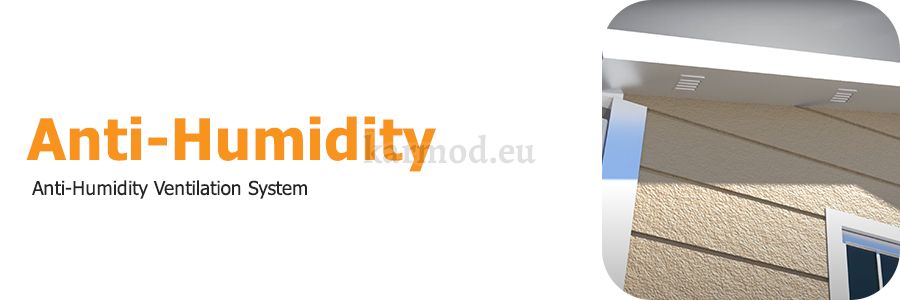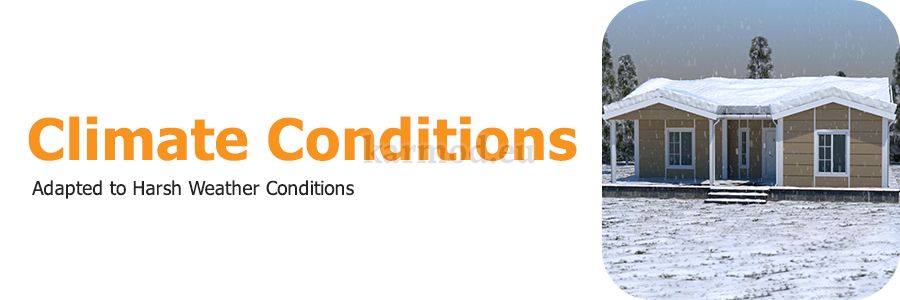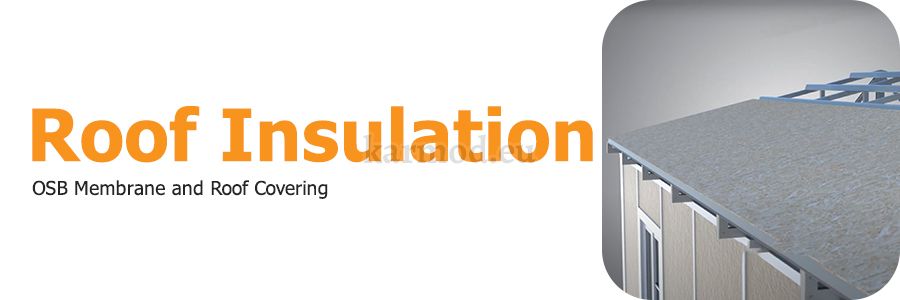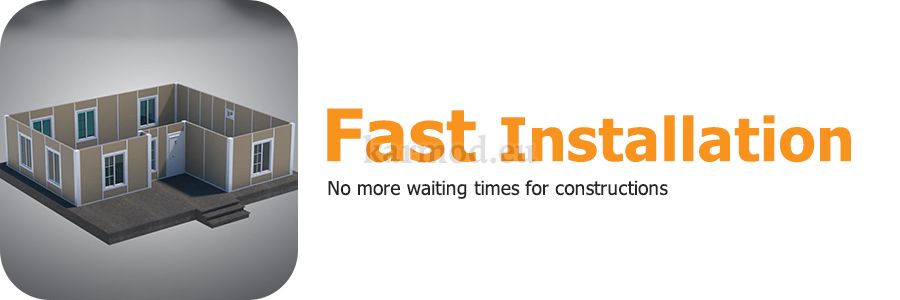As demand rises for fast, adaptable, and high-quality housing in sectors like construction, education, and healthcare, modular accommodation units have become the preferred solution. These prefabricated structures offer immediate deployment, scalable design, and long-term durability — whether for student dormitories, staff housing, or temporary worker accommodation. With modular accommodation units for sale in various sizes and configurations, organizations can respond to urgent needs without the delays of traditional construction. From portable living units to complete modular dormitory buildings, the flexibility of these systems allows for both temporary and permanent use in even the most demanding environments.
Modular accommodation units are the epitome of modern, efficient, and environmentally friendly construction, playing a significant role in numerous sectors. They are ideal for meeting various temporary or permanent accommodation needs, offering a quick and cost-effective solution compared to traditional construction methods. Below are some primary areas of their usage:

By choosing modular accommodation units, companies, educational institutions, and healthcare facilities can benefit from the versatility, speed of construction, and cost-effectiveness of these prefab solutions. Whether it's modular student housing, portable temporary housing, or new site accommodation units, the potential applications of modular living accommodations are vast and varied.
Modular accommodation construction leverages a unique approach to building that enhances efficiency. This process unfolds off-site, under controlled factory conditions, minimizing waste and ensuring precision. Such a meticulous process leads to a significantly shortened construction timeline, resulting in labor cost savings and fewer project delays. The construction of modular accommodations encapsulates the concepts seen in other sectors like education with modular school, healthcare, and hospitality, such as in the modular hotel model. This form of construction provides rapid, cost-effective solutions for these industries, offering them a chance to reduce environmental impact, cut construction costs, and attain quicker returns on investment.
Modular construction also plays a vital role in the creation of Modular Buildings. These spaces can serve a range of purposes, including offices, retail outlets, or manufacturing facilities. Indeed, modular accommodation construction is setting new standards in the construction landscape with its cost-effective, efficient, and eco-friendly advantages.

When it comes to modular accommodation price, there's a range to consider depending on the unit's size, specifications, and customization. However, due to the streamlined manufacturing process and the economies of scale achieved in a factory setting, modular accommodations often come with significant cost savings compared to traditional construction. This affordability has led to the rise of structures like the prefabricated home in the residential sector. Such homes are not only cost-effective, but they also offer design and layout flexibility, allowing homeowners to tailor their living spaces to their needs and preferences.
Just like the prefabricated house, other structures such as site accommodation units, mobile accommodation units, and prefab accommodation units also highlight the cost-effectiveness of modular construction. In essence, the price of modular accommodation caters to various budgets without compromising quality, thus offering a balanced solution to modern construction needs.
Modular accommodation's interior design is a blend of innovation and comfort. Despite their prefab nature, these structures don't compromise on comfort or functionality. From prefab student housing to modular dorms and workforce accommodations, modular interiors offer the same level of comfort and amenities as traditionally constructed buildings. Here are some notable features:


Modular accommodation plans and sizes can vary widely, catering to different needs:

Whether it's a relocatable staff dormitory, a temporary worker accommodation building, or new site accommodation units, modular accommodations offer a wide range of plans and sizes to cater to various needs.
Several times a year, we hear from prospective clients asking for an affordable and high-quality "temporary" modular dormitory building system for student housing. Whether due to spikes in enrollment, ongoing construction projects on campus, or the uncertainties of long-term housing planning, school officials often find themselves in a bind. Karmod Modular is always here to help our clients explore different solutions.
We worked with one of our modular student housing and dormitory building manufacturers to arrive at a cost-effective, yet high-quality and environmentally friendly solution to address the housing shortage on campus.
The use of modular buildings worldwide is increasing. One of the areas where these structures are mostly used is construction sites. Modular dormitory buildings, parts of which are produced in the factory and installed on-site, are very advantageous compared to traditional structures. They are:
They are the most economical way to have long-lasting structures in off-site prefabricated construction projects. Apart from construction sites, these structures can also be preferred for homes, hospitals, and schools.
Information about portable container and accommodation units. Whether as a single container or a modular site building, Karmod offers a variety of sizes and applications. Our portable site accommodation containers and containerized housing units are the ideal solutions for your temporary site accommodation requirements. If you’re looking for high-quality construction site portable temporary accommodation, look no further than Karmod construction site accommodation.
Karmod site accommodation containers are the favorite of the mining and construction sectors, as well as those who want to own a house in an economical and easy way. These containers feature fast production and installation processes and are available at economical prices. Designed to meet the accommodation needs in the construction and mining sectors, these containers are human health and environmentally friendly. With their high insulation feature, Karmod containers provide safe and comfortable site accommodation units for all seasons and can be delivered anywhere in the world within weeks at very affordable prices.
Founded in 1986, Karmod is a Turkey-based company with a wide product range and product quality that meets international standards. It is an internationally preferred brand for its quality, fast production, and economical prices. Karmod's site accommodation units are used in various areas, including education buildings, health buildings, site accommodation units, multi-purpose cabins (from security to sales), container site offices, military camps, construction camps, oilfield camps and mining camps.